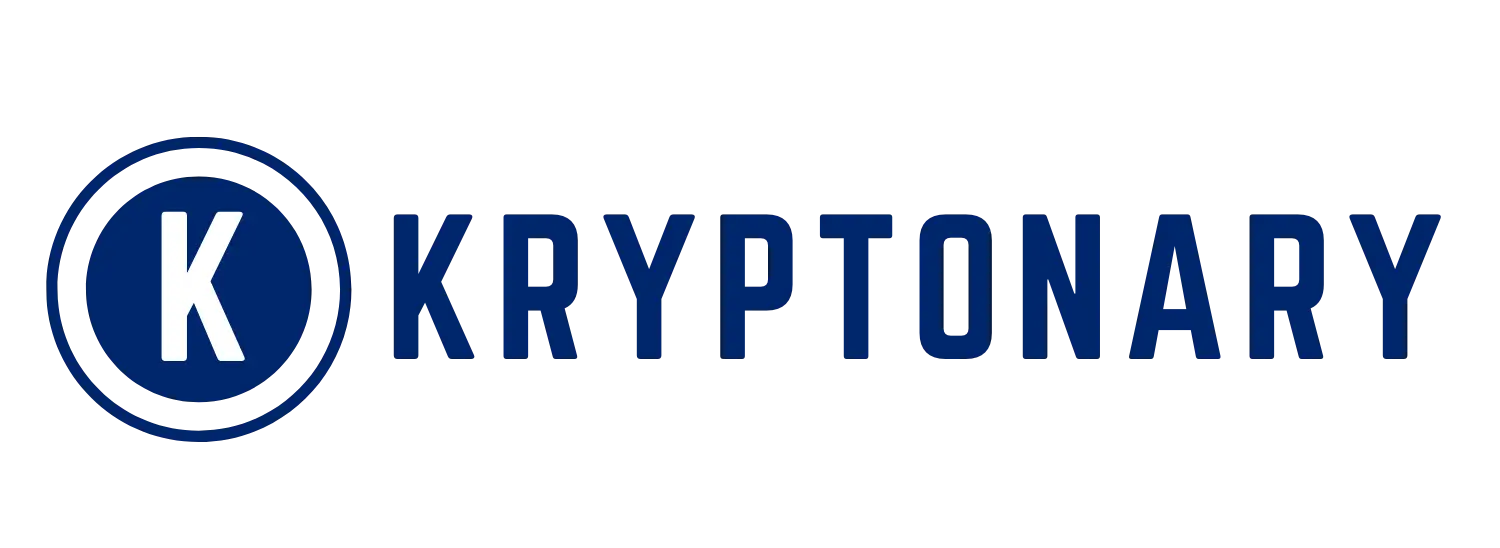The BlockDAG Advantage Kaspa’s Consensus and Speed
The world of blockchain is constantly evolving, with new platforms challenging the established order. To understand how Kaspa stacks up against giants like Ethereum and Solana, we turned to ChatGPT for a detailed infrastructure comparison. Kaspa distinguishes itself from most traditional blockchains by utilising a unique structure called a blockDAG (Directed Acyclic Graph). This innovative approach allows it to process multiple blocks simultaneously, which dramatically increases both speed and throughput. While the network currently handles one block per second, a recent “Crescendo” upgrade has pushed this number to ten blocks per second, making transactions exceptionally fast.
This contrasts with Ethereum, which uses a Proof-of-Stake (PoS) model with a slower block production rate of roughly every 12 seconds. While more secure than its previous proof-of-work model, Ethereum still struggles with congestion without relying on Layer 2 solutions. Solana, on the other hand, is known for its lightning-fast block times of around 400 milliseconds, but this is achieved through a hybrid of proof-of-stake and proof-of-history, which often comes with trade-offs in decentralisation and network reliability.
Scalability and Throughput: A Three-Network Comparison
When it comes to transaction throughput and scalability, Kaspa’s blockDAG architecture provides it with a unique advantage. The network is designed to scale horizontally, meaning its speed and capacity increase as the network grows. This gives it a high theoretical transactions-per-second (TPS) rate, positioning it for future expansion. In comparison, Ethereum’s base layer is limited to around 15 TPS, and its true scalability is achieved through a vast ecosystem of Layer 2 rollups like Arbitrum and Optimism, which process transactions off-chain before settling them on the mainnet.
This tiered approach, while effective, adds layers of complexity. Solana boasts a much higher theoretical throughput, claiming to handle over 65,000 TPS through its parallel processing system. However, this high performance comes at the cost of higher hardware requirements for validators, which can potentially impact the network’s decentralisation. Kaspa’s approach aims to find a new balance, offering high theoretical throughput without the same hardware demands as Solana, making it a compelling alternative for businesses and developers who prioritise both speed and decentralisation.
The Smart Contract Race Kaspa’s Roadmap for Utility
Kaspa, a decentralised application platform, is focusing on native smart contract support, unlike Ethereum and Solana. Layer 2 projects like Casplex are developing EVM-compatible rollups to enable Ethereum-style contracts on the Kaspa network, making it easier to migrate existing dApps. Sparkle is building smart contracts with zero-knowledge proofs for private and efficient execution.
Kaspa has introduced its own token standard, KRC-20, which functions similarly to Ethereum’s ERC-20. Once fully functional, KRC-20 tokens will power various DeFi tools, NFTs, and dApps, expanding Kaspa’s utility and market potential.
Read More: Kaspa DAG Supremacy Unmatched Speed and Fair Launch Powering Growth
Energy and Efficiency Redefining Proof-of-Work
Ethereum, Solana, and Kaspa are all blockchain networks that have varying approaches to energy consumption. Ethereum transitioned to Proof-of-Stake (PoS) after its “Merge,” making it more energy-efficient. Solana uses a hybrid PoS model, but its high-performance requirements require more robust hardware. Kaspa uses kHeavyHash, a lightweight, more energy-efficient algorithm than Bitcoin’s mining algorithm, making it one of the “greenest” PoW chains. This efficiency and high-speed block times make Kaspa a popular choice for businesses and developers seeking PoW security without traditional environmental drawbacks.
The Verdict How Kaspa Stacks Up
ChatGPT’s analysis reveals that Kaspa is a formidable contender in the blockchain space, offering a unique blend of speed, scalability, and efficiency that challenges the established models of Ethereum and Solana. While Ethereum’s strength lies in its dominant smart contract ecosystem and Solana’s in its raw speed, both come with trade-offs in scalability, cost, or decentralisation. Kaspa’s innovative blockDAG architecture and a commitment to a green proof-of-work model position it as a new kind of leader, one that aims to offer a truly scalable and secure foundation for the future of decentralised finance.
While it still needs to fully develop its smart contract capabilities, the projects already underway, like Casplex and Sparkle, suggest that it is a matter of “when,” not “if.” For businesses and investors, this means Kaspa is a project to watch closely, as its unique design could enable it to capture a significant share of the market by offering a compelling alternative to the current leaders.
Kaspa’s Infrastructure Technical Strengths
The future of Kaspa’s infrastructure is centred on its ability to leverage its technical strengths to build a robust and functional ecosystem. The upcoming integration of smart contracts will be a crucial milestone, as it will unlock a vast range of possibilities for developers to build dApps and create new use cases for the KRC-20 token standard. As the network grows and its horizontal scaling capabilities are put to the test, its performance is expected to get even faster. This continuous innovation, combined with its efficient proof-of-work model, positions Kaspa for long-term success.
While it is too early to tell if it can surpass Ethereum and Solana in all metrics, its unique design and commitment to core blockchain principles make it a serious competitor. For forward-thinking investors and businesses, Kaspa represents an opportunity to participate in a project that is actively shaping the next generation of blockchain technology, with a focus on speed, scalability, and sustainability.














